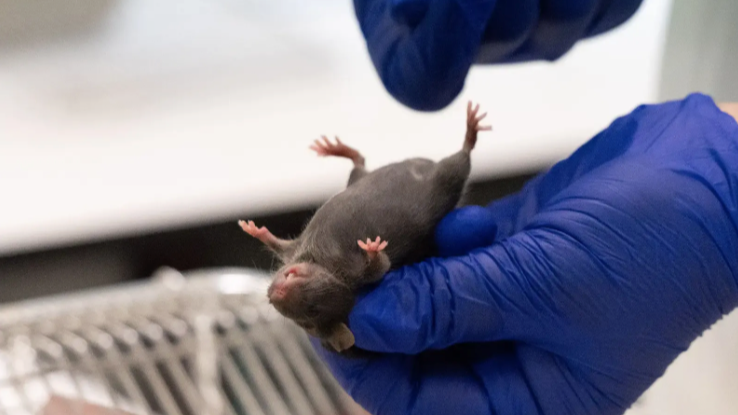Brain wave makes monkeys remember after a distraction
- Helena Pinheiro
- Nov 10
- 1 min read

Scientists in the US have discovered how the brain can recover from a distraction to return to the task at hand, in a study using monkeys.
Researchers at Massachusetts Institute of Technology (MIT) analysed the brain activity of monkeys while they were trying to remember an object they saw, but sometimes experienced one or two distractions that slowed them down or made them prone to mistakes.
While the monkeys were trying to return to the task at hand after the distraction, the brain activity in their prefrontal cortex, a region responsible for working memory, was coordinated in the form of a rotating wave. When they were able to return to it without making a mistake, their brain activity made a full circle, and when they made a mistake, the circle was incomplete.
The monkeys performed better when they had more time to answer the task after the distraction, suggesting that the brain needs that time to make a full circle and get back on track.
This study, published in the Journal of Cognitive Neuroscience, may help explain how the brain responds to memory challenges, findings which could also apply to humans.



